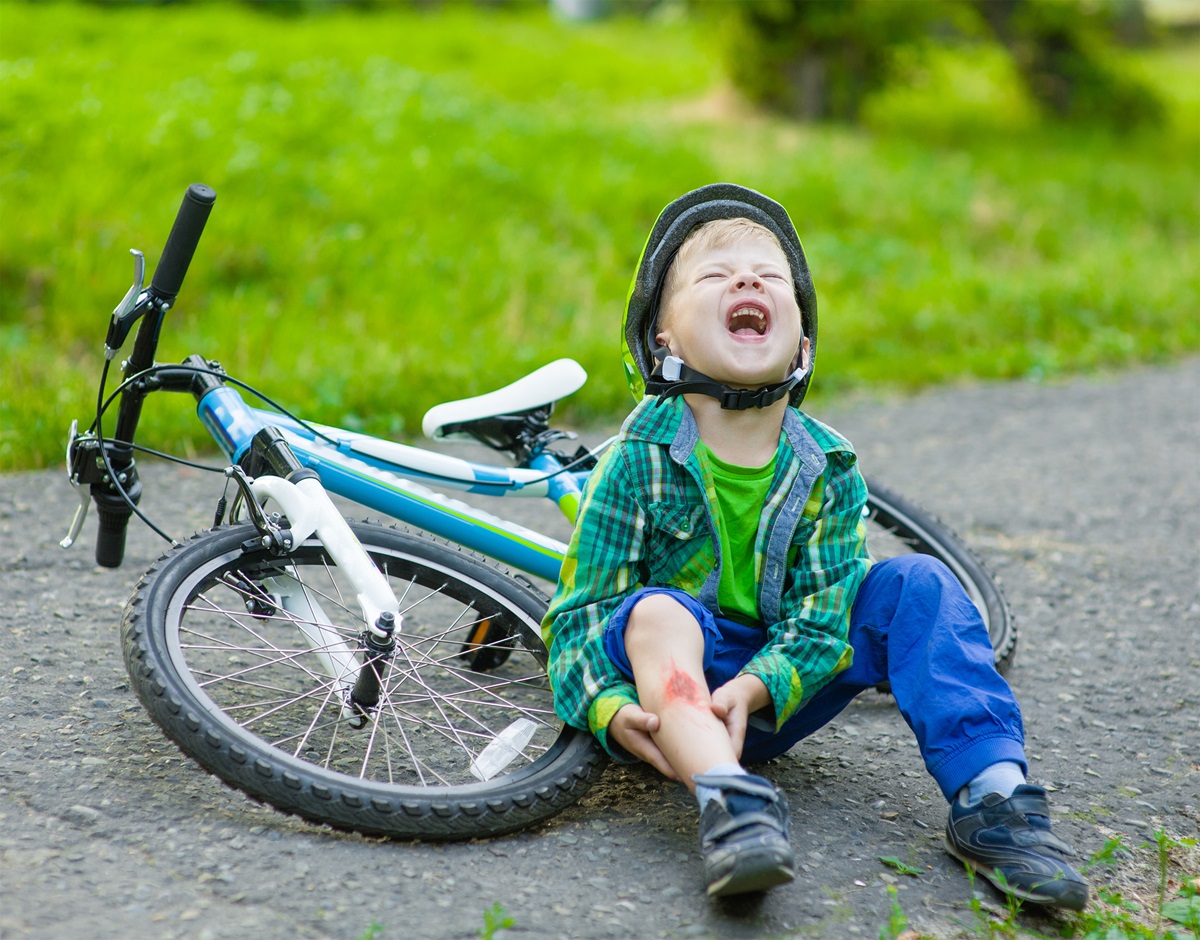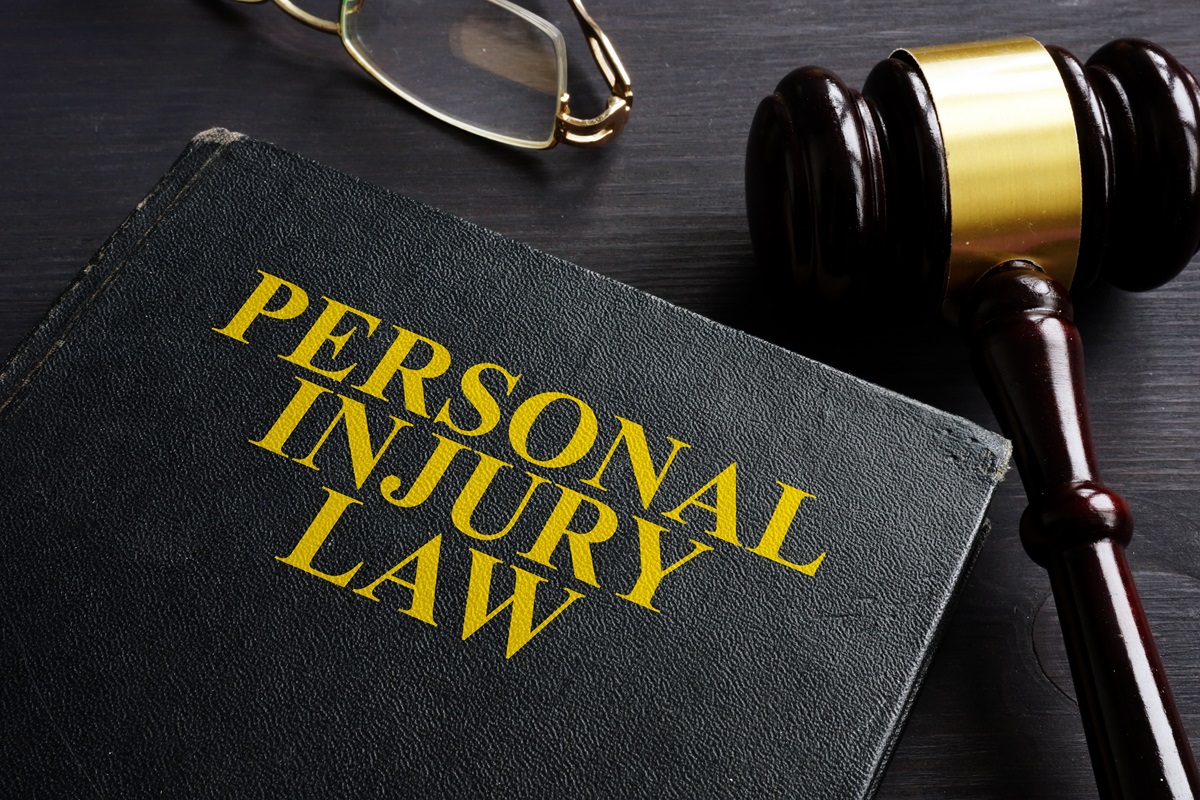Contents of this Post
ToggleAs parents, we do everything we can to protect our children from harm. Unfortunately, accidents and injuries are a common occurrence in childhood. Childhood injuries can happen easily, whether it’s a sports-related injury, a slip and fall, or an injury caused by a defective product.
According to the report by the United Nations International Children’s Emergency Fund (UNICEF), up to 1,600 children and adolescents die daily due to preventable injuries. These fatalities are primarily due to road accidents, drowning, falls, and burns.
In some cases, injuries raise important legal considerations for families. With medical and professional help, including thoughtful prevention and preparedness, we can help reduce them.

Understanding Childhood Personal Injuries
From a legal perspective, childhood personal injuries refer to any physical harm or damage that a child sustains due to someone else’s negligence or intent. If something happened to your child and you think you might need to sue, find an Orange County Personal Injury Lawyer or legal experts from your area.
Some key things to understand about childhood injuries include:
- Age of Child: The legal definition of a “child” varies by state and country. Generally, it refers to anyone under the age of 18. The younger the child, the greater the duty of care owed by others.
- Types of Injuries: This encompasses any bodily injury like broken bones, burns, traumatic brain injuries, dog bites, etc. Inflicted injuries like abuse or assault also qualify.
- Basis of Liability: For a person or entity like a school, daycare, or store to be legally liable, the child’s injury must occur due to their negligence (lack of reasonable care) or intentional misconduct. Just because an injury unfortunately occurs does not automatically make someone liable.
- Damages Sought: If legal action is taken, common damages sought include past and future medical bills, pain and suffering, permanent disabilities or disfigurement, emotional distress, and loss of future earnings. Punitive damages may also be pursued.
- Standards of Care: The expected standard of care owed to children may be higher than for adults. Children engage in more risk-inherent activities requiring extra caution and supervision.
Essentially, childhood injury cases demonstrate that a duty of care toward a child was breached by someone demonstrating negligence or misconduct that directly led to physical harm. Determining liability and damages uses the same personal injury laws applied to adults.
Understanding Liability
If your child suffers an injury caused by someone else’s negligence, such as faulty equipment at a playground, you may have a premises liability case. In this case, the property owner may be held responsible for injuries and other damages.
Depending on the circumstances of the incident, there may also be a product liability case if a defective product contributed to the injury. Signed waivers may limit liability in other situations, such as organized sports programs.
As a parent, it’s helpful to understand these legal implications in seeking accountability and compensation for childhood injuries. A well-experienced personal injury attorney can help you understand your options.
Seeking Medical Care
Even with safeguards in place, childhood injuries can still occur unexpectedly. When they happen, you must seek prompt medical attention to treat any injuries and get documentation. Having a formal medical record and opinion will be important for pursuing injury claims or seeking compensation for significant injuries.
Most of the time, childhood injuries will heal relatively quickly with basic first aid or primary care. However, more severe injuries may require costly treatments like surgery, rehabilitation, or ongoing pediatric care. Getting the right healthcare early maximizes your child’s chances of early recovery.
Moving Forward After an Injury
Coping with a sudden injury can be scary for both children and caregivers. Beyond physical recovery, there may be emotional challenges surrounding a traumatic injury event. Children may develop anxiety or behavioral issues if they relive memories of a frightening experience. Therapeutic support can help process difficult feelings.
There also may be lifestyle impacts to manage, like assistance in school, adaptation to sports and activities, or changes to your home environment, depending on injury effects. Occupational therapy evaluation may also provide helpful solutions for maximizing independence after an injury.
Stay patient through setbacks or frustrating points in the healing process, especially if you’re co-parenting a child with special needs.
Taking Safety Precautions
While legal action can help secure compensation for accidents that have already occurred, the ideal solution is preventing injuries in the first place through proper supervision, safety equipment, and childproofing. Simple precautions like bike helmets, slip-resistant socks, age-appropriate toys, cabinet locks, and guarded pool fences can greatly reduce risks to children.
Moreover, areas for kids to play indoors and outdoors should be free of sharp edges, tall furniture that could tip over, small objects that could choke, or cords that could strangle. Any equipment like cribs, strollers, or car seats should also meet current safety standards.
By taking preventative actions, you can reduce the risks of unnecessary injuries and ensure your child’s safety.
Seeking Justice for Childhood Personal Injuries
Navigating the complex legal considerations around liability, negligence standards, and damages can be difficult. Legally defining what constitutes a childhood personal injury sets the stage for determining accountability.
Successfully seeking justice or compensation involves:
- Working with dedicated personal injury attorneys.
- Gathering necessary evidence, like medical records, expert opinions, and any other documentation to support your claim.
- Presenting thoughtful arguments, holding the negligent parties responsible for children’s safety to account.
By engaging expert attorneys, gathering extensive evidence, and presenting compelling arguments, it is possible to seek justice and get compensation to support the recovery and well-being of children who have suffered personal injuries.
Conclusion
Litigation can never fully undo the damage of a child’s permanent disability, disfigurement, or emotional scars. However, it facilitates access to resources for long-term physical and emotional recovery. At the same time, it sends a societal message that children’s health and well-being should be protected.
Fair verdicts can motivate increased safety measures through more stringent playground inspection policies, abuse prevention programs, or product manufacturing quality controls.

